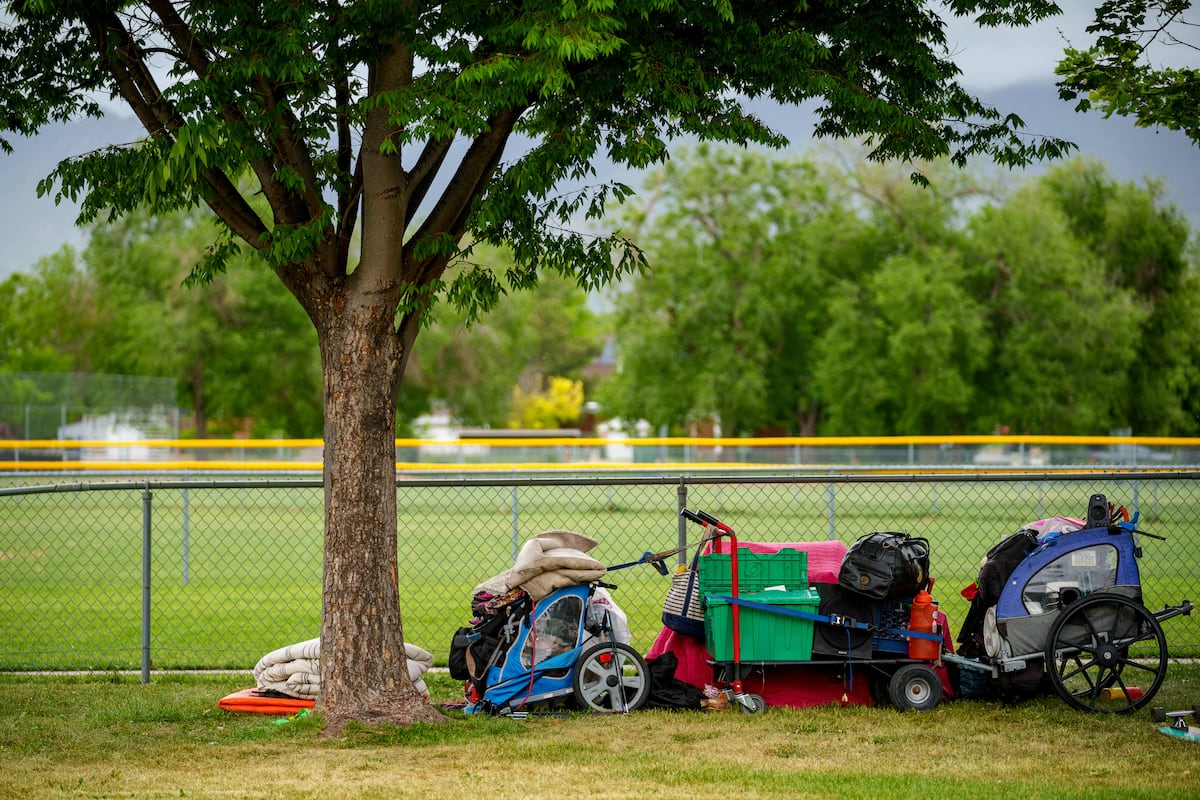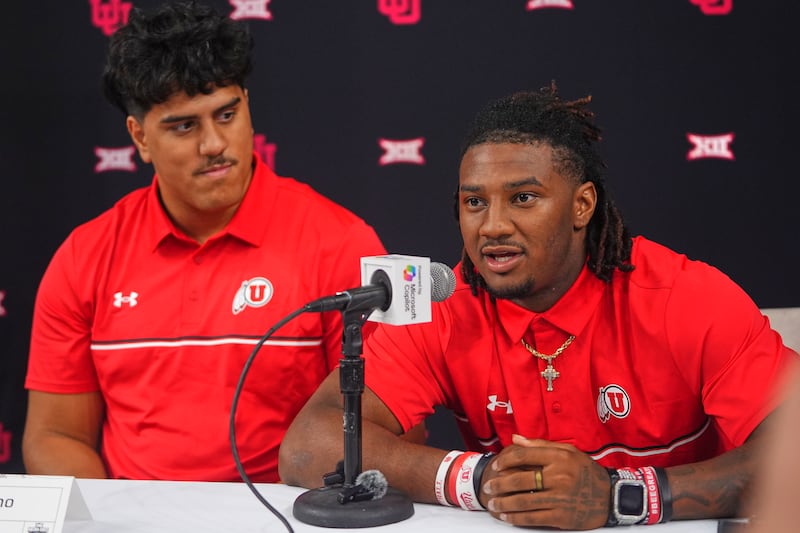Utah’s plan to build a 1,200-bed homeless shelter is stuck in the mud.

Utah’s plan to build a 1,200-bed homeless shelter is stuck in the mud.
Last fall, the state’s homelessness board directed officials to debut a new homeless campus by this October. Now, the opening for the facility — which would be four times the size of the largest shelter currently in operation — has been pushed back with no new target date in sight.
“The original timeline has been delayed, primarily due to challenges in identifying a suitable property,” state homeless services spokesperson Sarah Nielson said in an email. “The Office of Homeless Services is still actively working through the site selection process.”
The delay comes as homelessness continues to rise in the Beehive State. Utah homelessness coordinator Wayne Niederhauser has said that Salt Lake County alone lacks 800 to 1,200 shelter beds.
No land, funding gaps
Salt Lake City Mayor Erin Mendenhall, meanwhile, is rolling out a public safety plan under pressure from state lawmakers that calls for opening more shelter space to keep those struggling with homelessness off the city’s streets.
Earlier this month during a briefing about the plan’s rollout, Mendenhall told reporters that “progress has now stalled” on building the new facility. She called on state lawmakers and officials to “fully fund the development and ongoing operations” of the homeless campus.
Last year, members of the Utah Homeless Services Board charged staff with finding a 30-acre site somewhere along the Wasatch Front to accommodate a campus.
Officials considered building it on the site of Salt Lake County’s Oxbow Jail along the Jordan River but eventually backed off. In April, state staffers hosted a meeting about a potential shelter site with the Northpoint neighborhood on the west side of Utah’s capital.
Without a final location, Nielson said the state can neither do neighborhood engagement nor hammer out operational details with service providers.
Utah lawmakers have already set aside $25 million to buy land for the project, but have yet to earmark funds for the shelter’s operation. Nielson added that private money could also help bankroll the campus’ work.
SLC says it’s doing its part
Salt Lake City’s homelessness director, Andrew Johnston, said the city has done all it can to support the campus project.
“We’ve offered city-owned land, provided key information including fair market value as required for the eminent domain process and granted [the state] access to the site for due diligence and preliminary research,” he said in a statement. “From day one, we’ve worked in good faith to help move this campus forward because we believe every person deserves access to shelter and housing — and we remain committed to that goal.”
For her part, Nielson called City Hall “an active partner” in the project’s planning process.
The city, through Mendenhall’s public safety plan, offered to host a temporary shelter on property it owns while the new facility was being built. Since then, however, the state has considered building the permanent campus on that site, Johnston said, complicating plans for a temporary option.
Without a new shelter up and running by this fall, Salt Lake City and other municipalities are planning for winter emergency beds to help those struggling with homelessness on frigid nights. The multi-city task force will pitch its plan to the state’s homeless services board next month.
Source: Utah News











